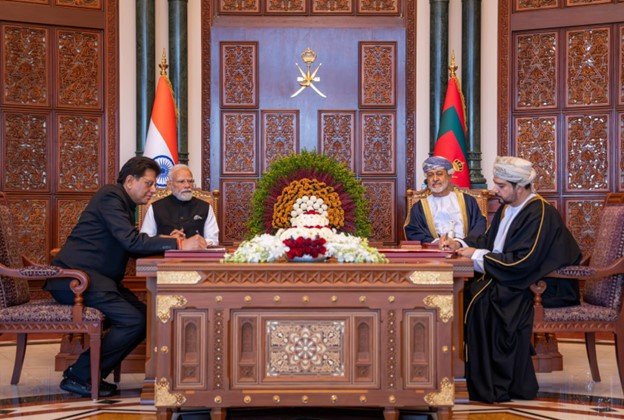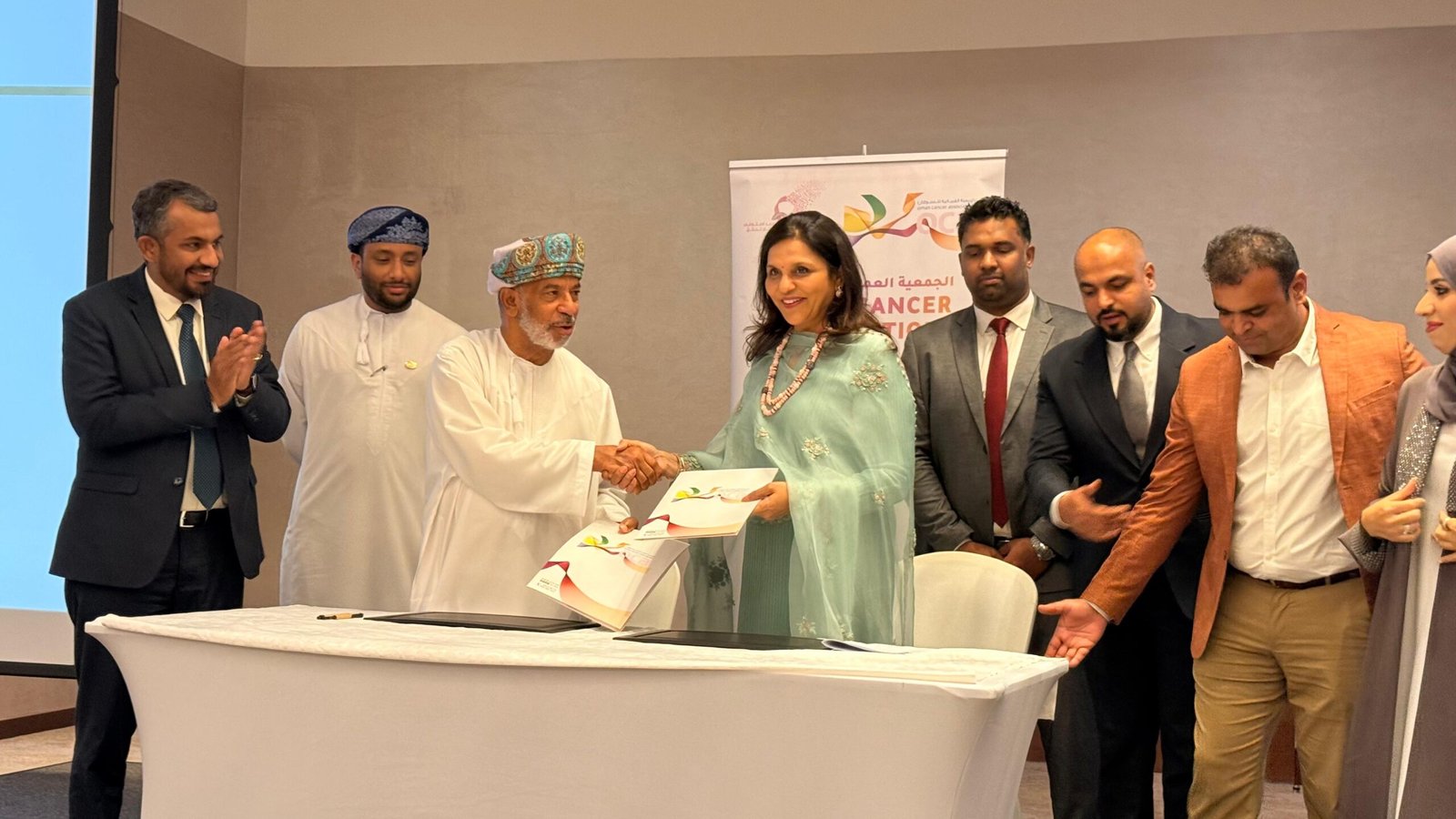Maharashtra Minister for Cultural Affairs Sudhir Munganitwar along with Uday Samant on October 3 signed an MoU with the Victoria and Albert (V&A) Museum in London to bring Shivaji’s Wagh Nakh to India for three months
Celebrations were held by the Indian diaspora in London as Chhatrapati Shivaji Maharaj’s iconic iron weapon shaped like tiger claws, known as Wagh Nakh, is all set to return to India as a memorandum of understanding (MoU) has been signed between Maharashtra Government and the Victoria and Albert Museum in London, reported republicworld.com.
Members of the Indian diaspora in London gathered to celebrate the occasion and warmly greeted the delegates who had arrived at the museum. They played drums along with other regional instruments and raised slogans like, ‘Chhatrapati Maharaj ki jai’, ‘Jai Bhawani, Jai Shivaji’. Chhatrapati had used the tiger claw weapon concealed in his hand to kill Bijapur sultanate’s general Afzal Khan in 1659.
Maharashtra Minister for Cultural Affairs Sudhir Munganitwar along with Uday Samant on October 3 signed an MoU with the Victoria and Albert (V&A) Museum in London to bring Shivaji’s Wagh Nakh to India for three months. Munganitwar signed the pact with Dr Tristram Hunt, Director of the V&A, at a meeting at the museum. The aforementioned MoU sets out the details of a three-year loan agreement for the unique pair of Wagh Nakh in the museum’s collection.
It is believed that after the last peshwa of Maratha empire, Baji Rao II surrendered to the British in June 1818, he possibly surrendered the weapon to Grant Duff
The occasion marks the 350th anniversary of Shivaji’s coronation and the Maharashtra Government plans to display the weapon in a museum in the State. “We are trying to bring back ‘Wagh Nakh’ (tiger claw) to India as soon as possible. We have got permission to display it in Mumbai, Satara, Kolhapur, Nagpur and Sambhaji Nagar,” said Mungantiwar. He also said that Shivaji’s Wagh Nakh was a “symbol of faith” for the people of the state.
Reports suggest that the set of claws had come in possession of James Grant Duff, an officer of the East India Company who was appointed resident or political agent of the Satara state in 1818 and gifted to the museum by a descendant, reported PTI. It is believed that after the last peshwa of Maratha empire, Baji Rao II surrendered to the British in June 1818, he possibly surrendered the weapon to Grant Duff.
*************************************************
Readers
These are extraordinary times. All of us have to rely on high-impact, trustworthy journalism. And this is especially true of the Indian Diaspora. Members of the Indian community overseas cannot be fed with inaccurate news.
Pravasi Samwad is a venture that has no shareholders. It is the result of an impassioned initiative of a handful of Indian journalists spread around the world. We have taken the small step forward with the pledge to provide news with accuracy, free from political and commercial influence. Our aim is to keep you, our readers, informed about developments at ‘home’ and across the world that affect you.
Please help us to keep our journalism independent and free.
In these difficult times, to run a news website requires finances. While every contribution, big or small, will makes a difference, we request our readers to put us in touch with advertisers worldwide. It will be a great help.
For more information: pravasisamwad00@gmail.com








